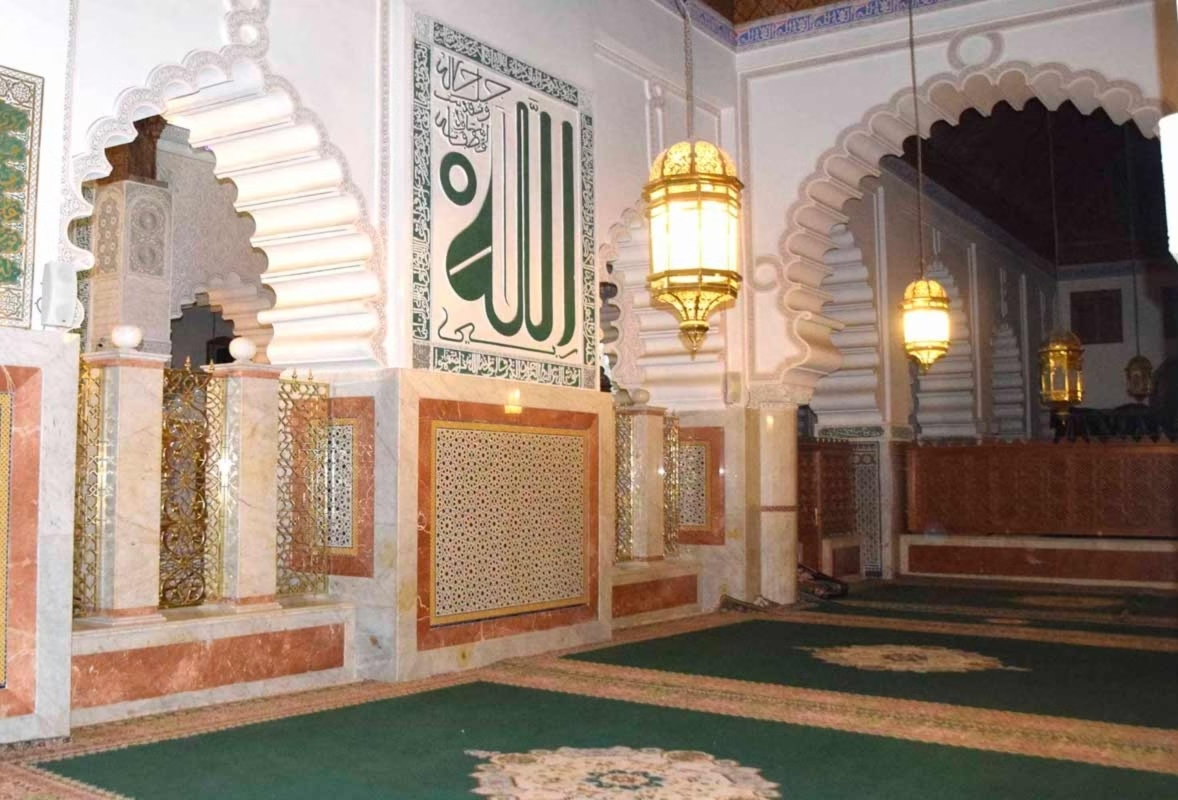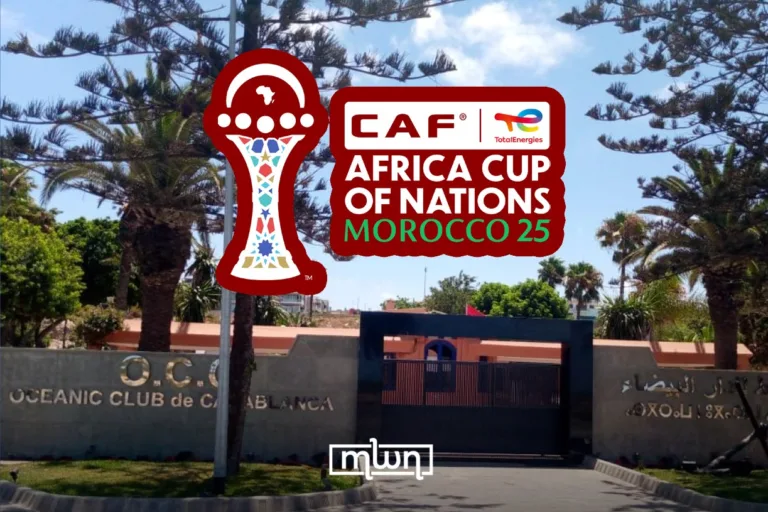From Fez to Senegal, Moroccan Sufism travels not by conquest, but by connection.
Fez– For over five centuries, Moroccan Sufi traditions have extended far beyond the country’s borders, influencing millions across Sub-Saharan Africa.
This spiritual journey began when major Sufi orders such as the Tijaniyya, Qadiriyya, Burhaniyya, and Sammaniyya took root in the region, using Morocco as their northern gateway.
The country became not only a geographic bridge between North and West Africa, but also a transmitter of religious knowledge, cultural continuity, and spiritual leadership.
What sets Moroccan Sufism apart is its deep integration into daily life and moral conduct.
Unlike movements that retreat from society, Moroccan Sufi orders, or “zawaya” have always existed within the social fabric.
Their disciples, known for their humility and self-discipline, continue to shape the ethical and spiritual conscience of their communities through example rather than spectacle.
Miracles and fame are intentionally downplayed; inner purification and service are at the heart of the path.
The emergence of these zawaya in Morocco began in earnest during the Almohad period, particularly under the rule of Yaqub al-Mansur, who built one of the earliest known zawaya in Marrakech.
Later dynasties like the Merinids continued this tradition, constructing religious lodges that functioned as both sanctuaries and schools.
One famous example is the “Dar al-Karama”, or House of Dignity, built outside Fez.
Among the many active Sufi orders in Morocco today are the Shadhiliyya, the Qadiriyya-Boutchichiya, and the Dila’iya.
While none of these institutions seeks political control, their influence is real and far-reaching.
The zawaya focuses on ethical education, fostering a spiritual environment that helps individuals refine their character and behavior.
Their moral philosophy, built on self-awareness and discipline, has made them trusted social anchors.
Morocco’s historical ties with Sub-Saharan Africa go beyond religion. They include shared trade routes, interwoven family lineages, and common cultural practices, from seasonal festivals to wedding rituals.
In West African countries like Senegal and Niger, this Moroccan influence remains vivid, especially through the Tijaniyya order.
Founded by Ahmad al-Tijani, this Sunni Sufi path continues to attract pilgrims each year to Fez, where the order’s founder is buried.
These pilgrims come not just to pay homage, but to renew centuries-old spiritual bonds.
Fez itself has long been a religious and intellectual capital, drawing students from across Africa to study at Al-Qarawiyyin, the world’s oldest existing university.
The spiritual connection built through learning remains just as vital today, bolstered by Morocco’s contemporary efforts to maintain religious cohesion.
The Mohammed VI Foundation of African Ulema and the Imam Training Institute both aim to unify and spread moderate Sunni Islam, rooted in the Maliki-Ash‘ari tradition.
Historically, the transmission of Moroccan Sufism to the south began with figures like Abdallah ibn Yasin al-Jazuli, a native of Souss.
His movement, which led to the establishment of the Almoravid dynasty, played a critical role in spreading Islamic teachings deep into the Sahel and even Andalusia.
This foundation helped create a shared religious heritage that still resonates across regions.
Today, this spiritual and cultural interconnection is visible in everything from the rhythms of Moroccan music to the silhouettes of traditional dress.
These subtle yet significant details point to a deeper history of exchange, one in which Morocco has not only influenced Africa but also been shaped by it.
In that sense, the zawaya are more than spiritual lodges. They are living testaments to a long-standing African–Moroccan dialogue, where the soul has always been the center of diplomacy.
Read also: RedOne, Pitbull Release 2025 Club World Cup Anthem
















